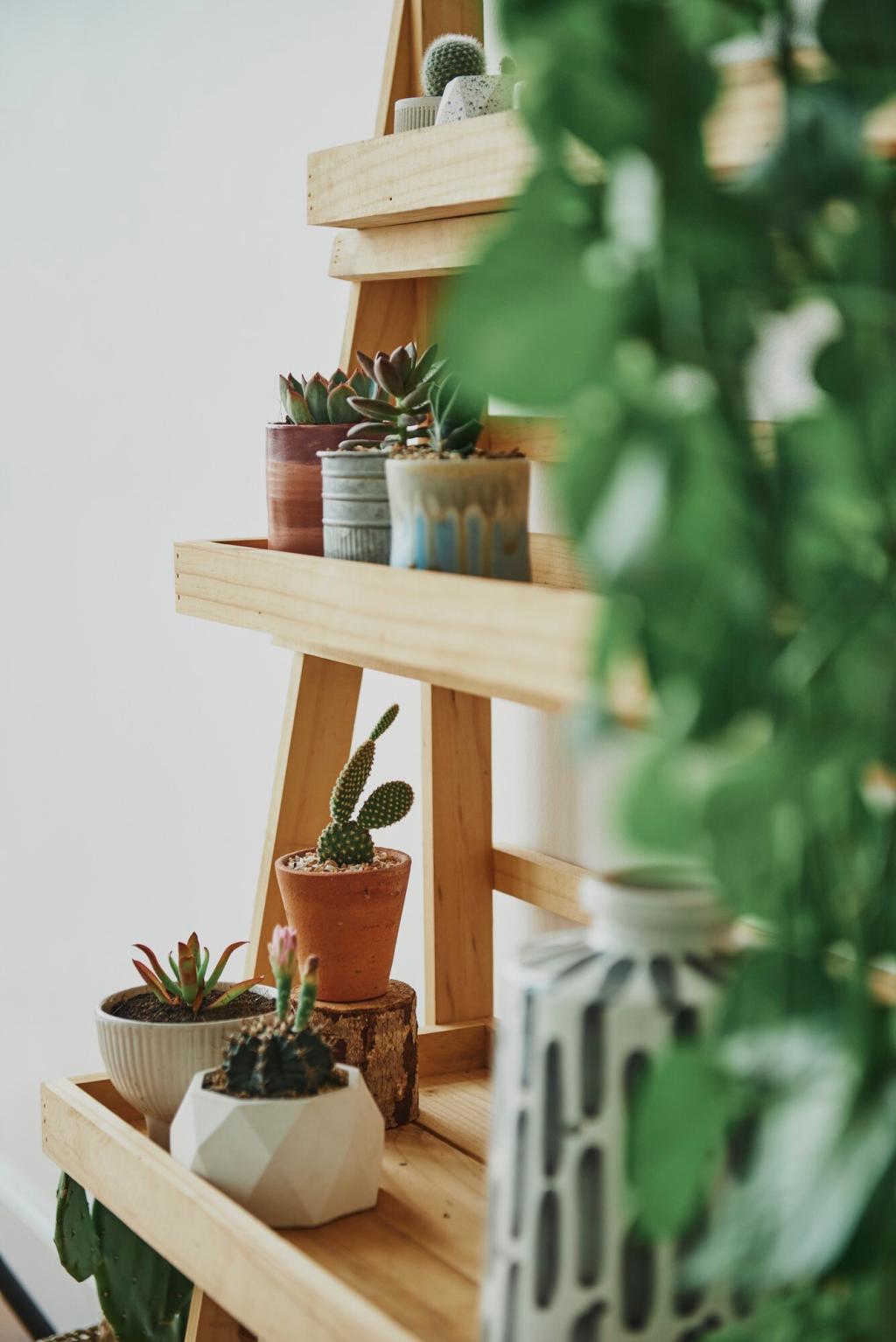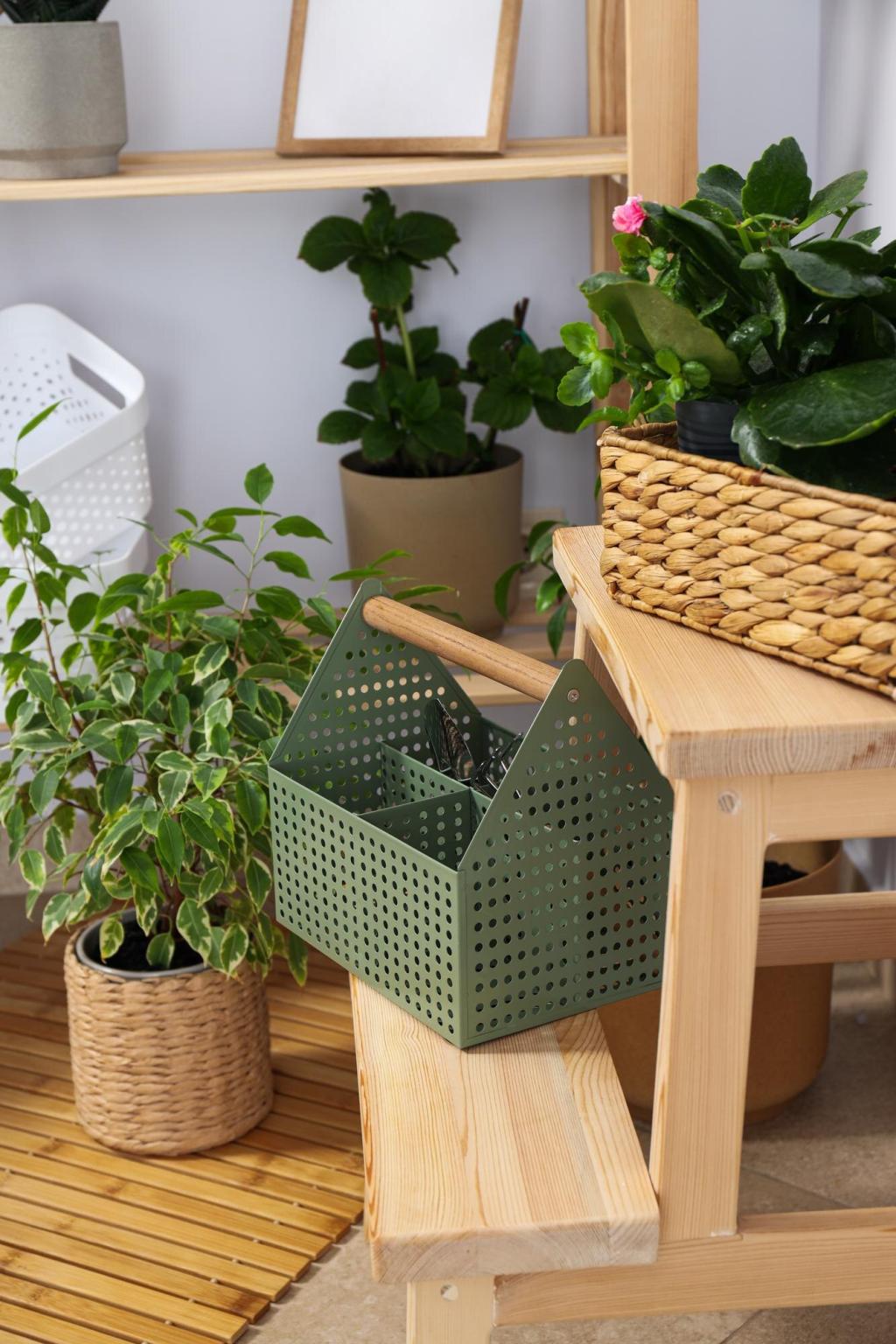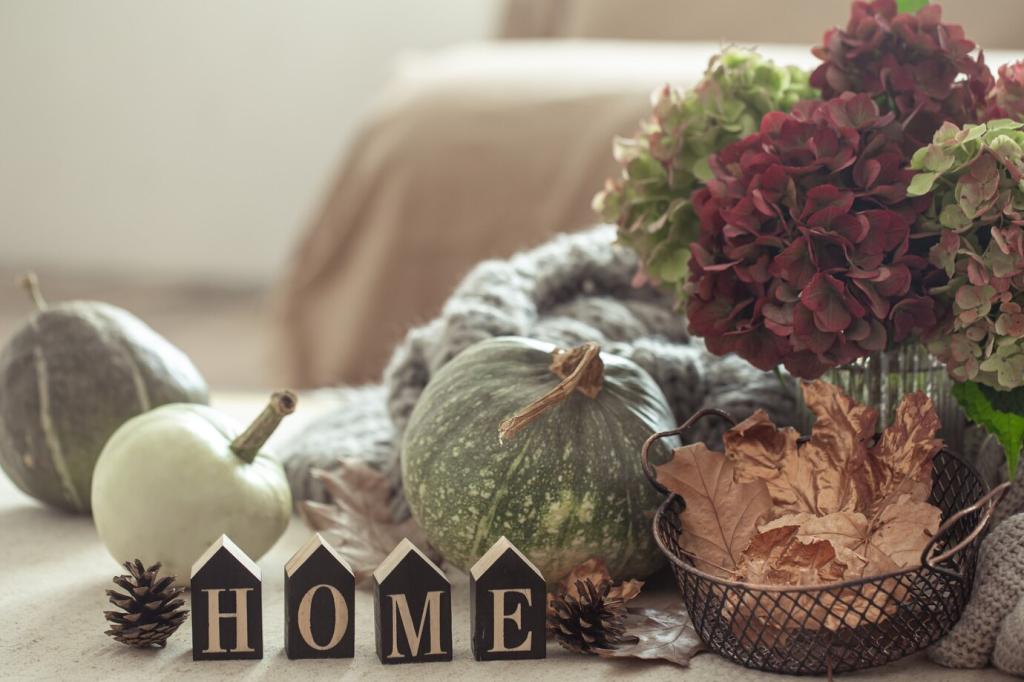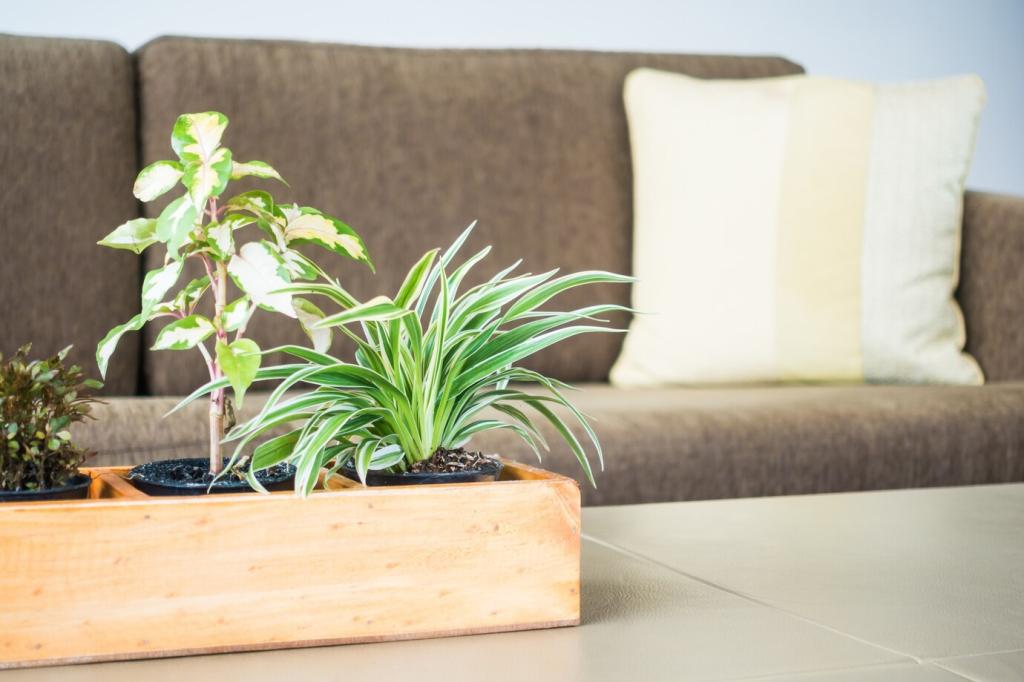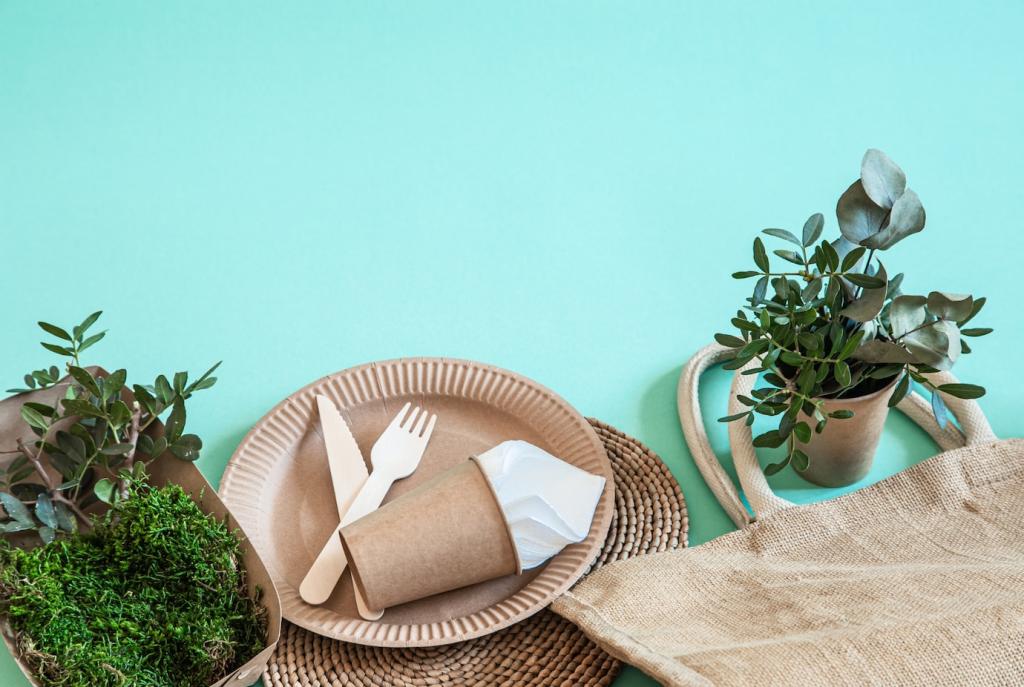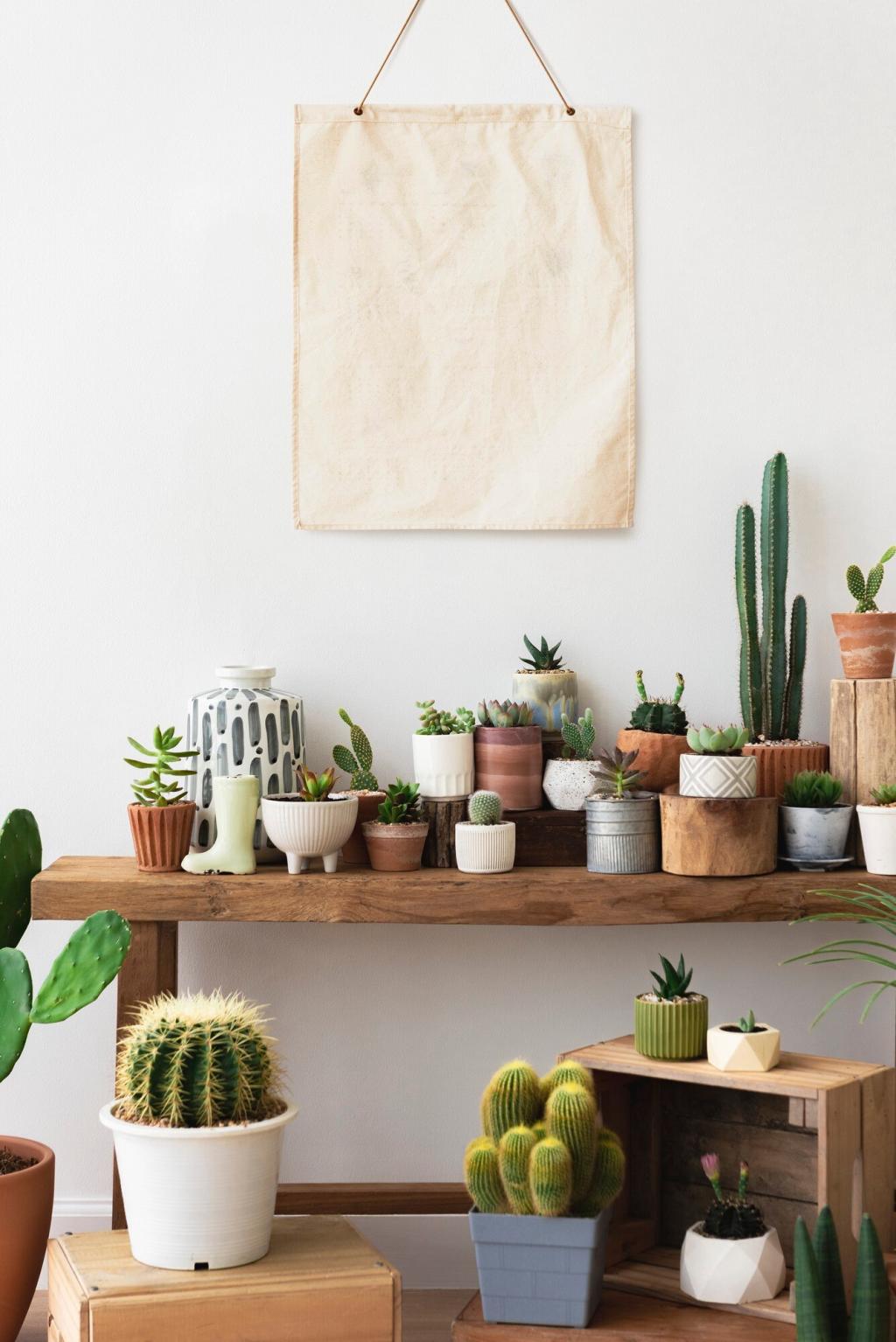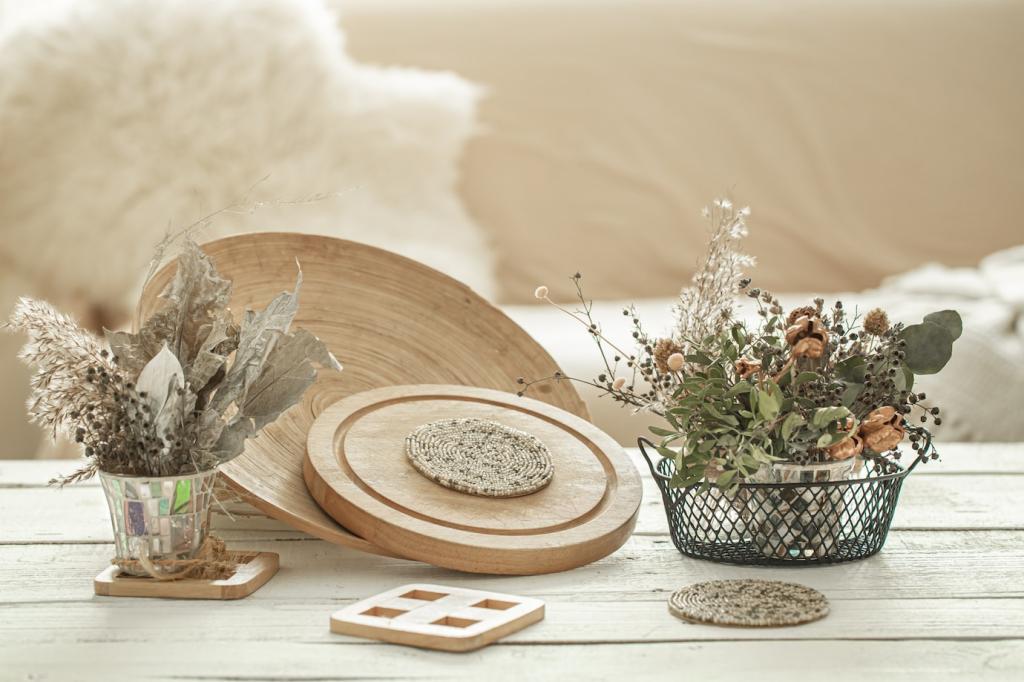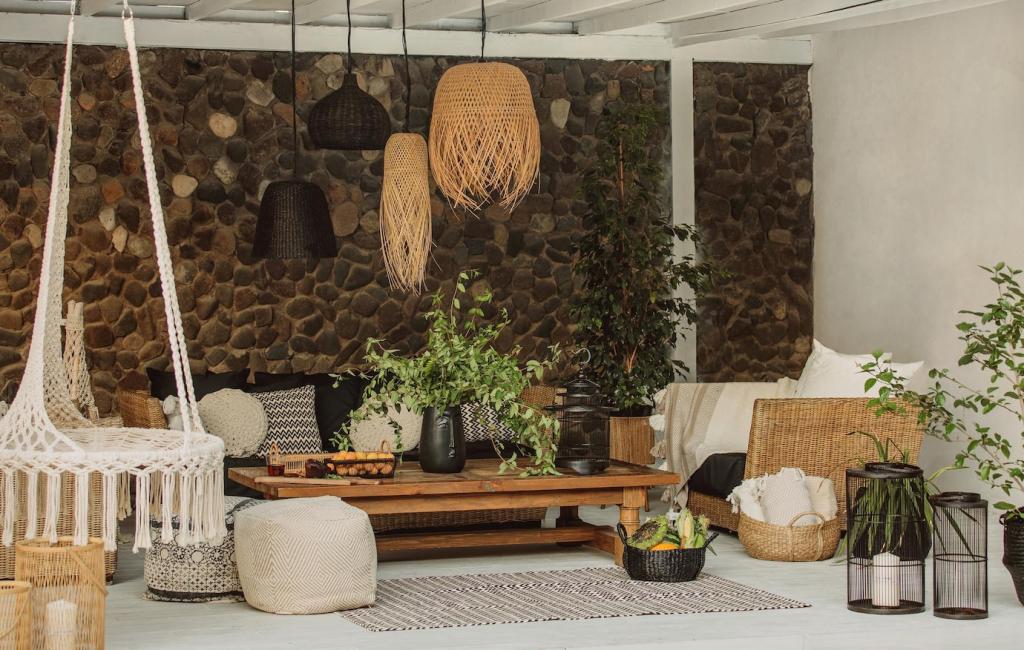Application Techniques for Walls, Brick, and Wood
Apply limewash to damp, absorbent masonry or plaster in multiple thin coats, misting between passes to slow drying and support carbonation. Use a broad, soft brush and crisscross strokes for movement. Expect translucency that deepens with each layer, and remember: patience pays as lime fully cures and strengthens over weeks.
Application Techniques for Walls, Brick, and Wood
Prime with a mineral or casein primer to promote even absorption, then brush or roll clay paint in overlapping sections. Clay’s longer open time helps merge edges and avoid lap marks. I once rescued a patchy hallway by misting lightly and re-brushing in daylight—proof that gentle correction can restore that velvety, earthy finish.
Application Techniques for Walls, Brick, and Wood
Warm the wood with a penetrating oil like raw or polymerized linseed for depth, then burnish with beeswax for a soft luster. Wipe thin, let oxygen do the work, and dispose of oily rags safely to prevent combustion. On a maple tabletop, three whisper-thin coats brought out figure I never knew was there.

